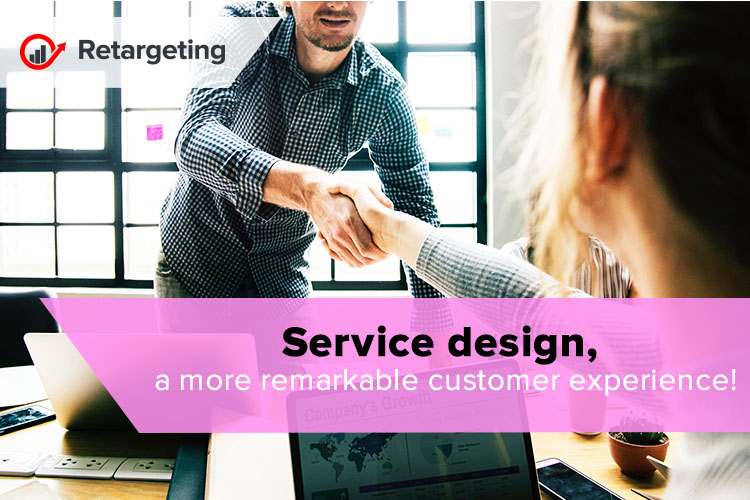For the last decade, commerce has got hundreds of new ways to reach the customer, especially with the leap of innovation in technology and its growing role in everyday life. More and more buyers are turning to the experience of shopping online, more and more sellers start new channels and methods responding to this trend. Service design improves the experiences of both the user and employee by designing, aligning, and optimizing an organization’s operations to better support customer journeys.
With the help of a variety of design approaches, it streamlines and improves the way people interact with your brand. The results? A more consistent, meaningful and remarkable customer experiences.
What is service design?
As services grow in sophistication, so does the need to support them. Complex user experiences often break due to a weak link in the internal organizational ecosystem. For example, when was the last time you called a support hotline, gave your personal information, only to be transferred to another agent asking you to repeat the exact information you had already provided? This pain point stems from an internal process flaw that was produced by a lack of service design.
Most organizations are centered around products and delivery channels. Many of the organizations’ resources (time, budget, logistics) are spent on customer-facing outputs, and the internal processes are overlooked; service design focuses on these internal processes.
It can address poor customer service, inefficient processes, poor brand consistency across channels, mixed messages to customers, staff turnover, high call center costs.
Components of service design
In user experience design multiple components must be designed: visuals, features and commands, copywriting, information architecture, and more. Not only should each component must be designed correctly, but they also should be integrated to create a total user experience. Service design follows the same basic idea. There are several components, each one should be designed correctly, and all of them should be integrated.
People – anyone who creates or uses the service, as well as individuals who may be indirectly affected by the service.
Props – the physical or digital artifacts (including products) that are needed to perform the service successfully.
Processes – any workflows, procedures, or rituals performed by either the employee or the user throughout a service.

Front-stage and behind the curtain
Let’s use as an example a theater performance. The audience sees everything in front of the curtain, however, behind the curtain there is a whole ecosystem.
Though not ever seen by the audience, the backstage plays a critical part in shaping the audience’s experience. The same is applied to an online shop.
Service design addresses how an organization gets something done. Designing a service addresses the touchpoints that create a customer’s journey.
Why do we need to care? An organization’s backstage processes have as much, if not more, impact on the overall user experience as the visible points of interaction that users encounter.
What are the benefits?
Service design provides context around systems that need to be in place in order to adequately provide a service throughout the entire product’s life cycle (and in some cases, beyond).
Focused discussion on procedures and policies exposes weak links and enable organizations to devise collaborative and cross-functional solutions.
In turn, this process helps pinpoint where duplicate efforts occur, likely causing employee frustration and wasted resources. Eliminating redundancies conserves energy, improves employees’ efficiency, and reduces costs.
When backstage problems exist, they have front-stage consequences: poor service, customer frustration, and inconsistent channels. Streamlining backstage processes improves the employees’ experience, which, in turn, allows them to create a better user experience.

